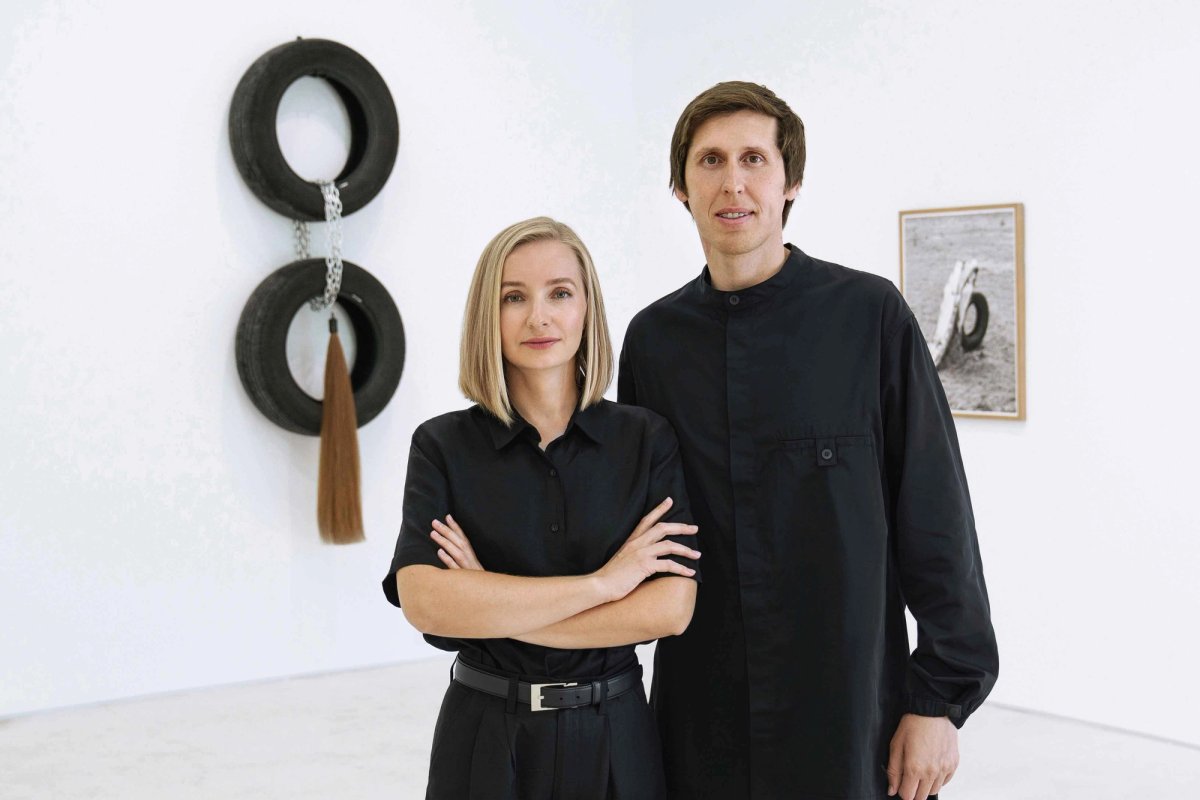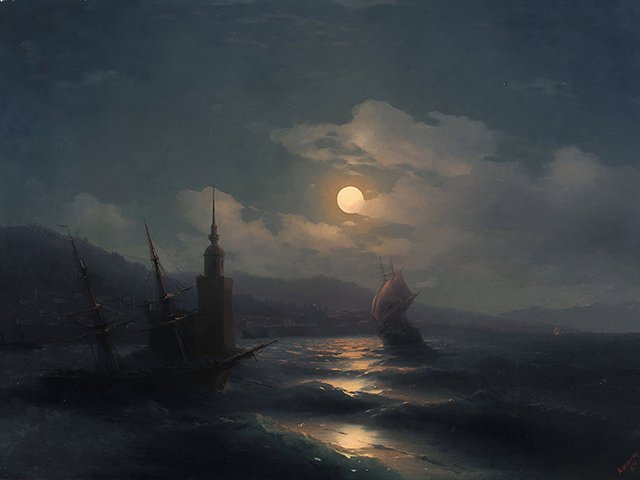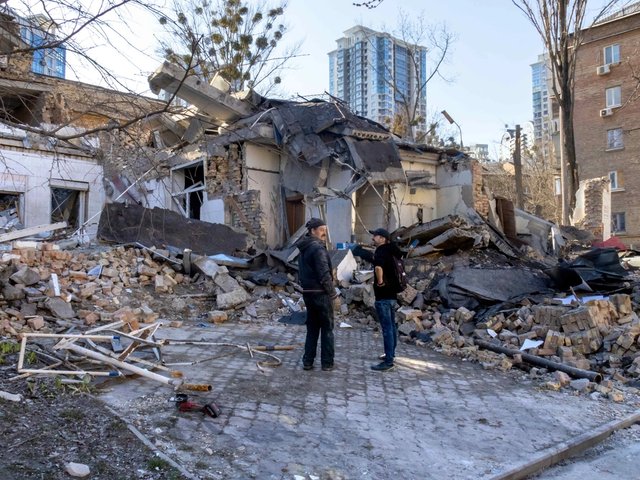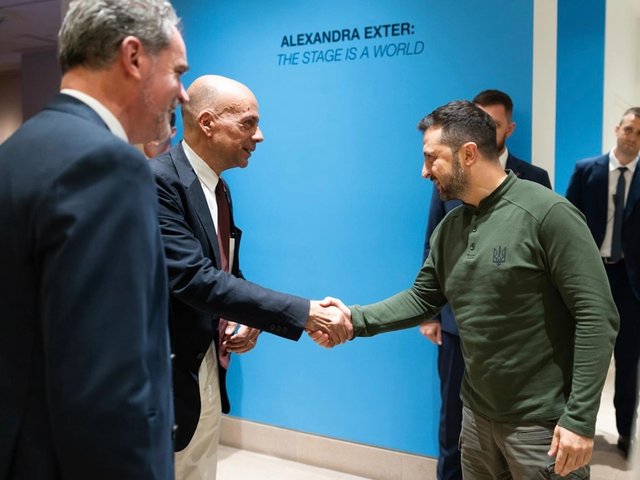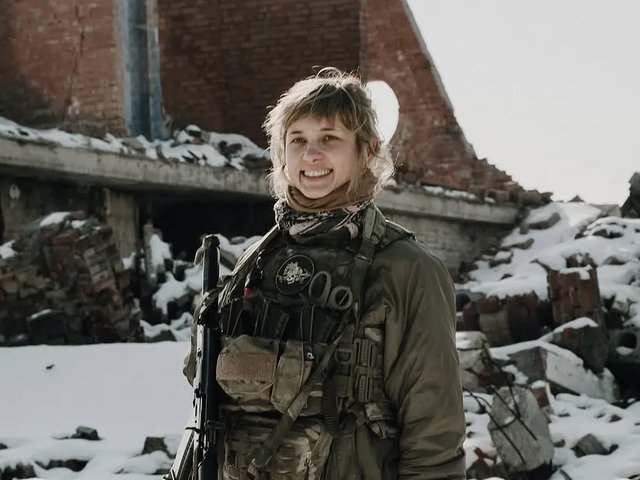The third anniversary of Russia’s full-scale invasion of Ukraine marks an era of remarkable pain and resilience for Ukrainian culture and coincides with a stunning reversal of official US support for Kyiv under US President Donald Trump.
In what recently would have seemed like something out of an eerie parallel universe but is now reality, the Trump administration has adopted the Russian President Vladimir Putin’s position that Ukrainian President Volodymyr Zelensky is a dictator and Nato provoked Russia into invading Ukraine.
The Department of Government Efficiency (Doge), created by Elon Musk, the world’s richest person, has instigated the dissolution of the United States Agency for International Development (USAID), cutting off a lifeline for a number of Ukrainian cultural organisations. Now Musk’s Starlink satellite internet system has become a bargaining chip in a deal—pushed by Trump—to give the US rights to Ukraine’s minerals.
NGOs and institutions that represent and promote Ukrainian culture are confronting a sense of déjà vu and responding to a new set of challenges.
Earlier this month, as the Trump administration was openly expressing support for Russia, the Museum of Contemporary Art (MOCA) NGO issued a long-planned 47-page handbook titled Navigating the War as Artists in Ukraine: A Practical Resource, with step-by-step advice for Ukrainian artists on topics including “life under occupation,” “how to evacuate works”, “artists joining the armed forces,” and “decolonisation and the status of artists from postcolonial countries”.
MOCA launched the Ukrainian Emergency Art Fund together with other cultural organisations right after the full-scale invasion to support artists and cultural workers.
Yuliia Hnat, MOCA’s ecosystems projects and development director, tells The Art Newspaper by email that “the handbook was designed as a survival manual” as well as “an assertion of agency, resistance, and presence of mind in the face of escalating uncertainty.”
“Presenting the lived realities of Ukrainian artists challenges abstract geopolitical perceptions,” she adds. “As geopolitical dynamics shift yet again, its relevance only deepens.”
Hnat explains that European Union and private sector support is “often more fragmented and less stable than US government-backed grants,” and that the loss of the latter “could affect preservation and global visibility for Ukrainian culture.”
The Trump administration funding cuts, she says, are “not only a blow to Ukrainian artists and cultural preservation but also a strategic mistake for the United States itself”, since it is losing a “critically important source of information for understanding the real situation on the ground”.
The publication was inspired by the Artist at Risk Connection’s (ARC) Safety Guide for Artists, which draws on the experiences of artists around the world who have faced persecution. Julie Trébault, ARC’s executive director, said that “the new administration’s shift in position on the war in Ukraine threatens to have devastating consequences for the country’s artists and cultural landscape”. Russia from the outset has waged “war on Ukrainian identity itself”, Trébault adds, but has been staved off by Ukrainian artists and cultural workers who have been “fiercely resisting this erasure, and they must not be abandoned now.”
Kyiv’s Voloshyn Gallery, which opened an outpost in Miami in 2023, is marking the third anniversary with chapter two of Tryvoha (5 March-27 April), an exhibition that first opened just after the full-scale invasion, in which the artist and curator Nikita Kadan, who took shelter in the gallery, juxtaposed works by Ukrainian artists from different generations, including David Burliuk, Oleg Holosiy and Lesia Khomenko.
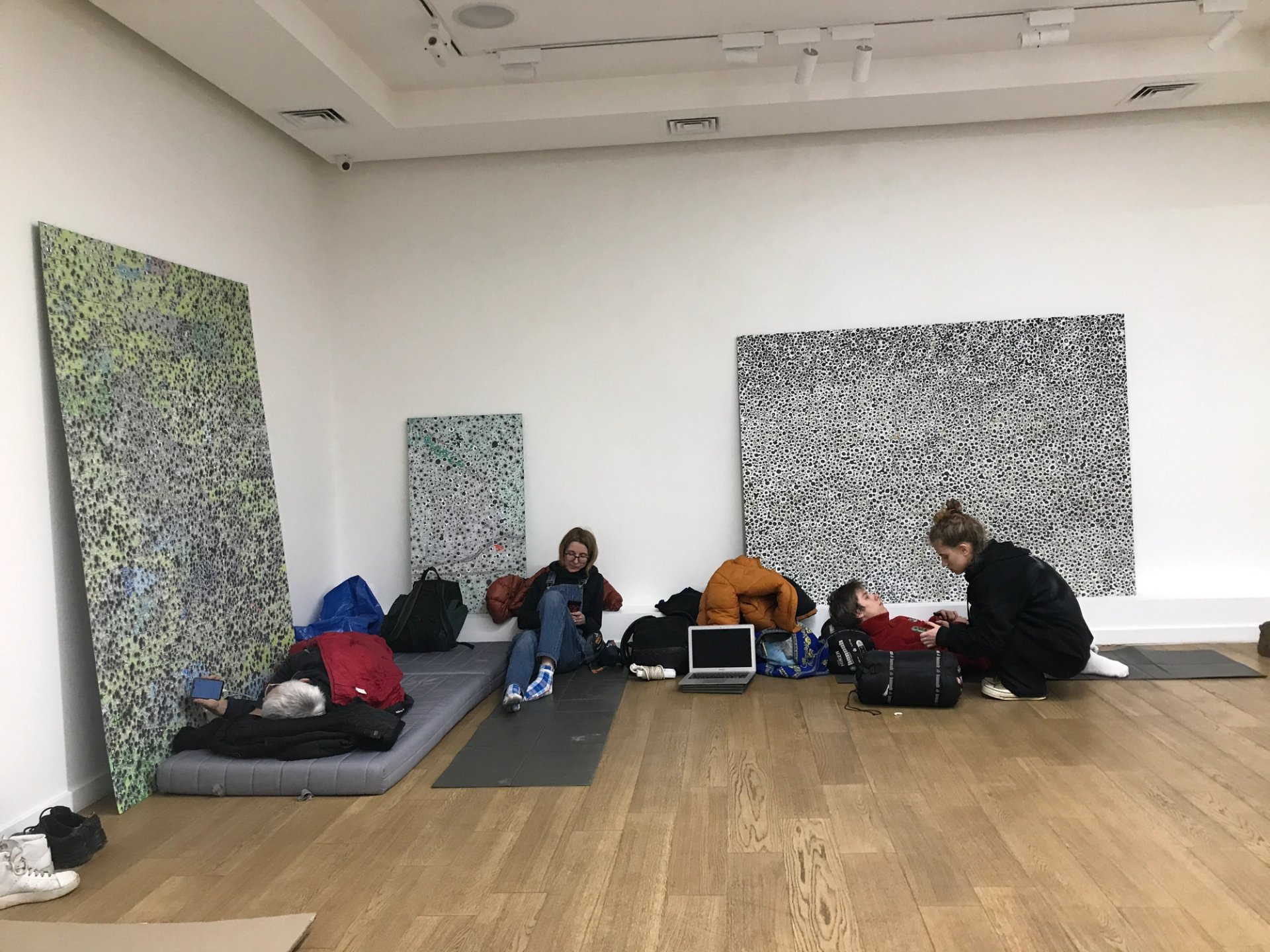
People taking shelter during the first chapter of Voloshyn Gallery’s exhibition Tryvoha in 2022
Courtesy Voloshyn Gallery
“Historically artists and intellectuals have been at the forefront of the fight to preserve Ukraine’s cultural identity and independence,” say the gallery’s founders, Max and Julia Voloshyn. “Their work was never separate from their political stance,” for which many “have been silenced or murdered” by oppressive Russian regimes spanning centuries. Their sacrifice has strengthened today’s artists. “Just as they did in the past, artists are creating physical evidence of colonial injustices,” say the Voloshyns.
“Through their work, we can witness not just the hard facts of the Russo-Ukrainian war, but also the raw emotional state of the people, the hopes and fears of Ukrainians. It is a very personal documentation of history, but also one that we believe can communicate most effectively.”
The Ukrainian Fund of Digitized Art (UFDA) has digitised—using high-resolution imaging and blockchain—more than 5,000 works representing “400 years of history, from the 17th century to the present”, according to its promotional materials. It has done so with the mission to “protect the past, support the present and create the future”, and in response to estimates that, since the invasion began, 2,130 pieces of cultural infrastructure have been damaged, 480,000 works of art have been stolen, and 121 museums have been destroyed or damaged.
“With all the political turbulence now, especially as museums lose financial support from the US, it’s clear that the art world needs more diverse ways to survive,” said curator Yuliia Berdiiarova and Anna Filippova, the founder of UFDA and Digital Original, the digital asset platform on which it is based. “We’re trying to create a system where emerging artists and non-profits have alternative ways to fund their work.”
UFDA recently held its first auction in support of the Ukraine’s armed forces and is offering to digitise museums’ work for free, with the hope of building “an online archive that makes Ukrainian art more accessible to researchers around the world,” Berdiiarova and Filippova say.
Cross-Atlantic support
US-based Ukrainian cultural organisations that have sought to keep Ukraine in the spotlight are entering into a strange new time of official hostility.
Peter Doroshenko, the director of the the Ukrainian Museum in New York, responded to questions while he was en route to Kyiv. His train was delayed by missile alerts.
The Ukrainian Museum has been “working relentlessly to decolonise Ukrainian art and artists from 150 years of Russian propaganda,” says Doroshenko. This has, he adds, positioned “Russian art of the 20th century [as being] built on the bones of Ukrainian artists, such as [Vladimir] Tatlin, [Kazimir] Malevich and [Alexandra] Exter, labeled today as Russian.” The Ukrainian museum, he says, “will not stop [in its efforts] to uncover the truth and set the record straight”.
The museum, which he has recreated as a modern art and research centre, opened an exhibition on 6 February, Tatlin: Kyiv (until 27 April), devoted to a vital period that the Constructivist pioneer Tatlin spent in Kyiv in the 1920s—a chapter in the artist’s life that has been obscured by Russian art historiography.
“Most books or exhibitions catalogues don’t cover Tatlin’s two and a half years in Kyiv, from 1925 to late 1927,” said Doroshenko.” Tatlin, who was born in Kharkiv, “was invited to teach at the former Kyiv Art Institute, which became for a short period of time Ukraine’s Bauhaus of art education,” he adds.
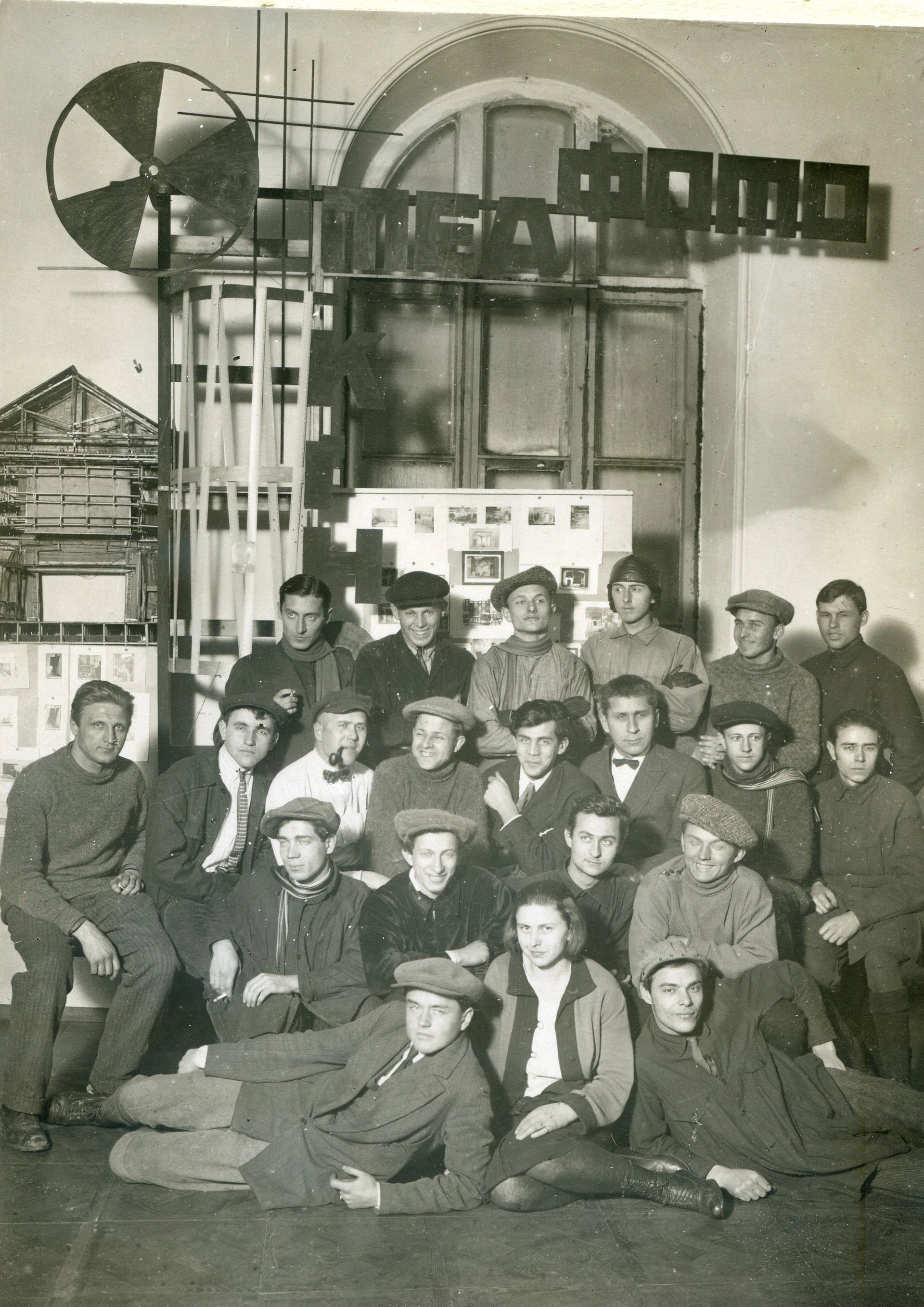
A photograph of the film, photography, and theatre department students at the Kyiv Art Institute. Kyiv (1927), one of the exhibits in the Ukrainian Museum’s exhibition Tatlin: Kyiv
Courtesy of the Ukrainian Museum
Doroshenko says that during his research for the exhibition he found that “any information about Tatlin as an artist or professor, his student's names, anything surrounding his prolific time in the Ukrainian capital was removed or destroyed by the Bolsheviks during the 1930s.” The museum’s Kyiv-based researcher, Oksana Semenik, scoured through examples of newspapers from the period kept in the archives at the Dovzhenko Film Centre and, Doroshenko says, “a partial student list at the Art Institute was pieced together”.
Meanwhile, Borshch of Art, a new nonprofit “dedicated to researching and properly acknowledging American artists of Ukrainian heritage and origin”, launched a database and a fellowship programme last year.
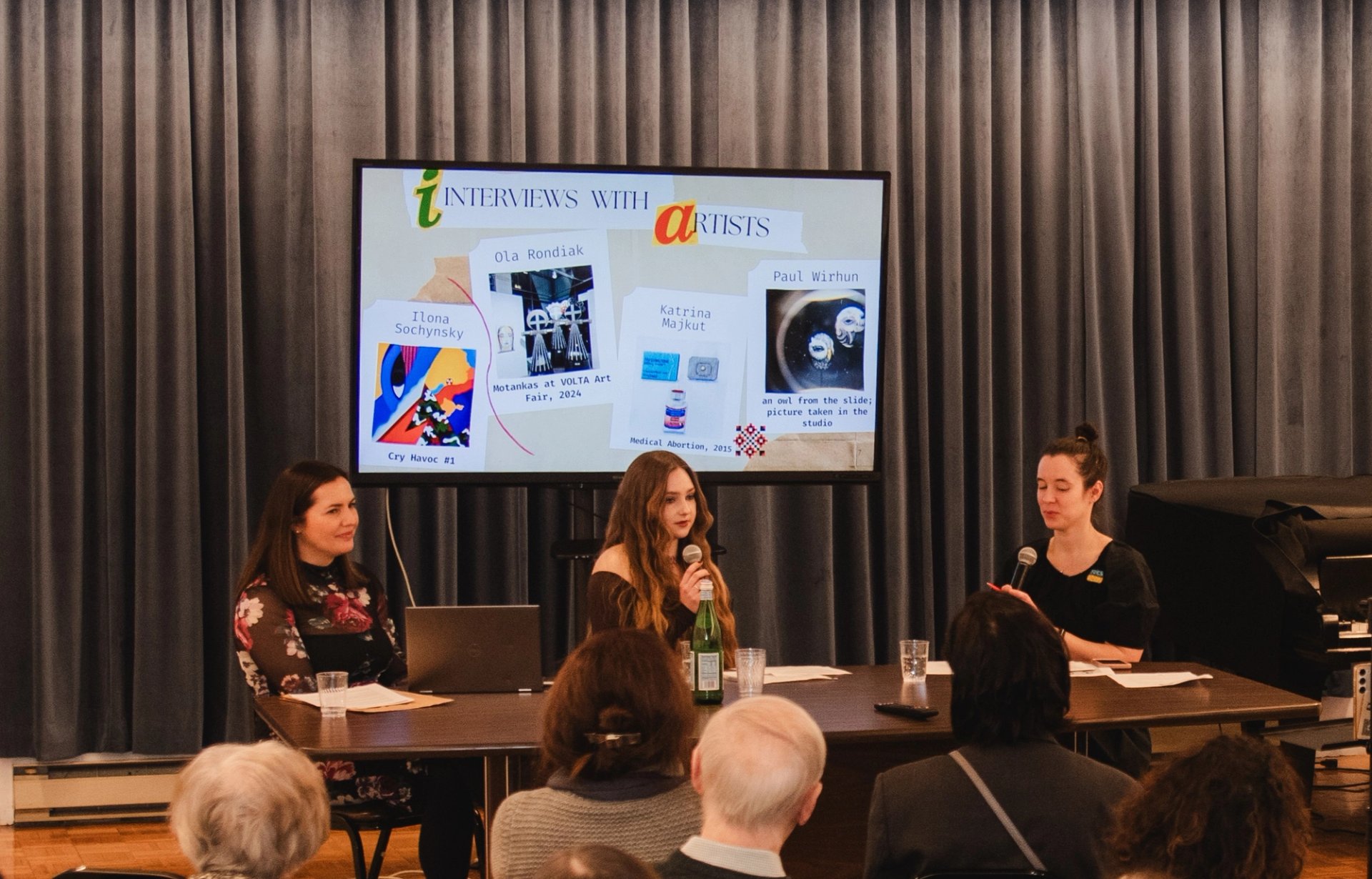
(Left to right) A discussion as part of Borshch of Art’s new fellowship programme featuring Anastasia Gudko, the president of Borshch of Art, Olenka Tsyhankova, the inaugural fellow, and the research mentor Ksenia Nouril in Photo: Anastasiia Krasheninni
“Ukrainian heritage and voices are woven into the American arts tapestry, but this topic has never been properly explored or discussed due to colonial narratives,” Anastasia Gudko, the founder of Borshch of Art, tells The Art Newspaper. “Traditionally, Ukrainian heritage was absorbed and masked under the Russian or Soviet umbrella. [Many] American scholars lack an understanding of Ukraine’s statehood and history, [including] periods when Ukraine was dominated by the Russian Empire, the Austrian-Hungarian Empire, or was one of the republics within the Soviet Union.”
Gudko says: “The new political climate in the US underscores the importance of recognising Ukrainian national identity and the role of Ukrainian cultural heritage within the American arts and culture.”


